Third-party food delivery services were a novel idea when Seamless first appeared in 1999. Since then, digital disruptors like Uber Eats have become a permanent fixture in the restaurant world.
The global outbreak of COVID-19 has compelled more Americans to order food online as lockdowns and social distancing have forced restaurants to close their dining rooms. Now restaurateurs are scrambling to pivot to delivery. The decision they have to make at this point is which business model to adopt — in-house vs third-party food delivery.
We’ll evaluate the pros and cons of in-house vs third-party food delivery so you can choose the best option for your restaurant.
In-house delivery
Choosing in-house delivery means building your own dedicated delivery staff and securing a fleet of vehicles to deliver orders to customers. Walmart and Pizza Hut are two companies that handle in-house delivery successfully.
While it may seem appealing to keep the business in house, developing a delivery service requires addressing things such as insurance, gas consumption, vehicle maintenance, and parking spaces. Not only will you need company vehicles, but you may also need to hire dedicated delivery staff and purchase additional inventory — such as insulated bags — to ensure the food arrives in peak condition.
Pros of in-house delivery
- You reduce the number of people who touch food orders, which improves food hygiene and builds customer trust.
- You get the freedom and flexibility to define your product offering and business model.
- You get to keep 100 percent of the meal price rather than splitting any portion with a delivery company.
- You reduce the potential for miscommunication by removing third-party involvement.
Cons of in-house delivery
- Your ability to scale in-house delivery operations is constrained by the capital you have available. As mentioned, you’ll have to invest in materials, cars, insurance, and additional wages, among other expenses.
- You may not have the expertise to run a smooth in-house delivery system. A lack of competency in delivery logistics can negatively impact your customer experience and business reputation.
Third-party food delivery
Third-party food delivery companies — such as Uber Eats and DoorDash — partner with restaurants to provide customers with a platform to browse menus, place orders, and have food delivered to their doorstep by a third-party courier.
These services operate independently of your restaurant, using a dedicated mobile app and their own resources to take the responsibility of delivery entirely out of the restaurant’s hands.
Pros of third-party food delivery
- You gain access to these companies’ established marketplaces and broader delivery regions.
- You don’t need to advertise and promote your delivery service because hungry customers are already on these apps browsing through the available restaurants.
- You can lower your fixed costs because you don’t have to pay insurance costs or wages to delivery staff.
- You can focus exclusively on the end product without worrying about delivery.
- You can reduce capital expenses because you don’t need to purchase a fleet of delivery vehicles.
Cons of third-party food delivery
- You’ll likely have to agree to steep revenue-sharing models with some third-party food delivery apps (sometimes up to 35 percent of the order price).
- You have no control over the third-party company. This can negatively impact your business’s reputation if the delivery company’s customer service is unsatisfactory.
- You may experience communication issues with regard to orders, which can ultimately impact customers.
Which is the right choice for you?
If you have an established presence in your community, can afford to promote your delivery menu, and have the staff to manage the delivery process, then in-house delivery may be a good choice for your restaurant.
But if you have little brand awareness, no budget for building awareness of your delivery service, and lack the staff to manage self-delivery, then leveraging a third-party food delivery service is likely to be a more successful path in the long run.
Consider your budget, your market, and your business goals (i.e., how much revenue you need to generate to make your restaurant profitable), then decide which is the right choice for you.


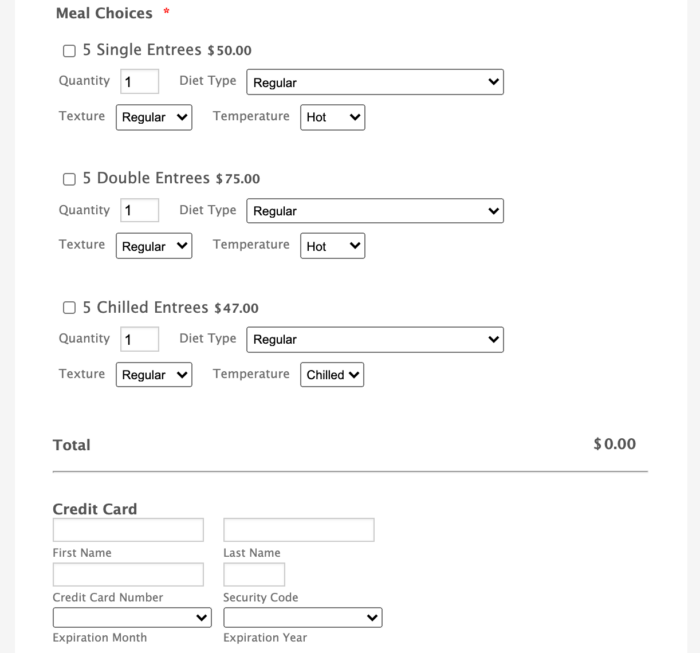



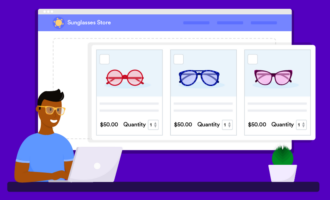


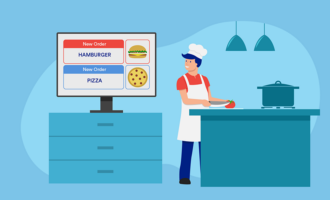
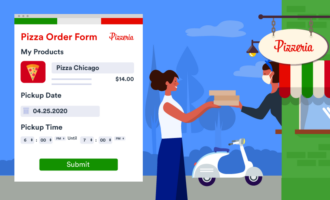


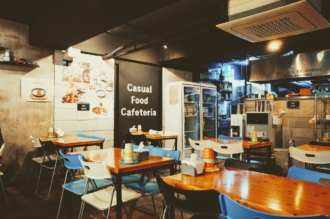

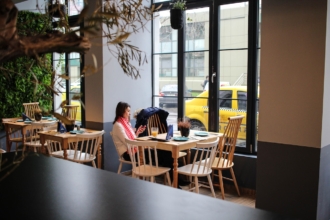
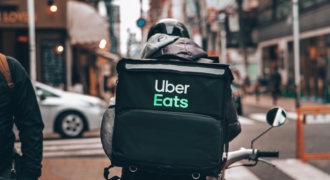
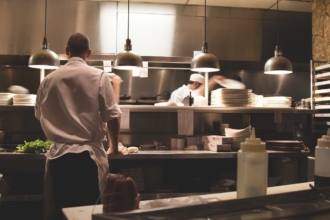
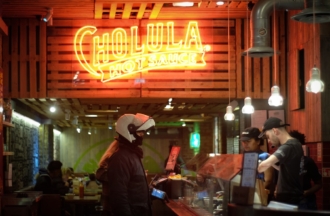
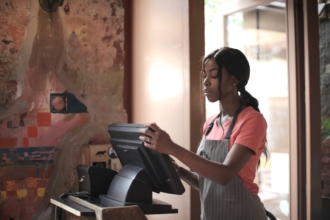





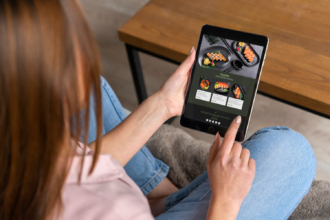



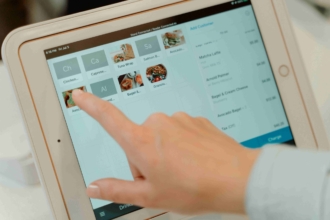

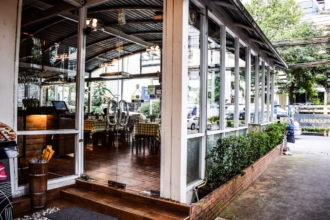
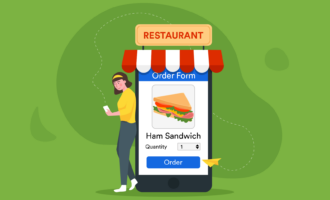
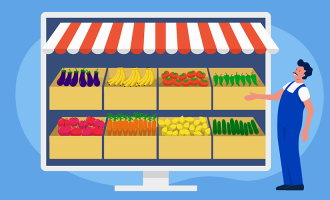
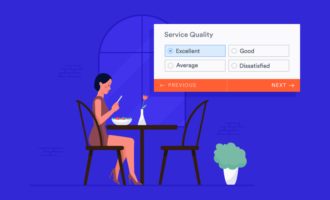



Send Comment: